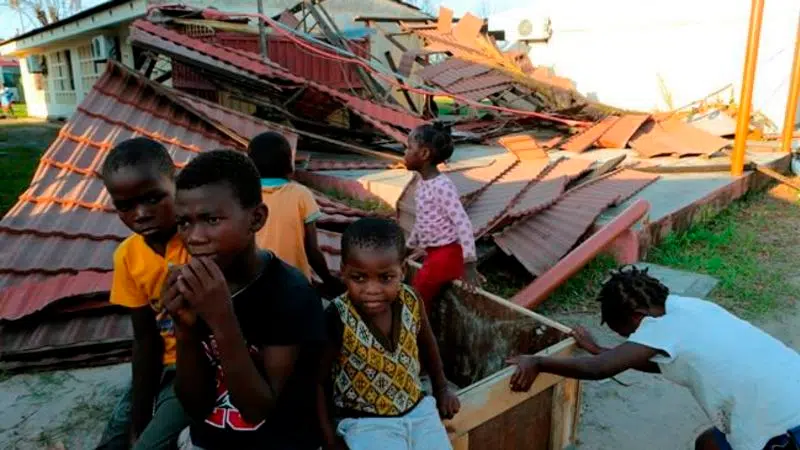
‘Second disaster’ warned in Mozambique as cholera a concern
BEIRA, Mozambique — Cyclone-ravaged Mozambique faces a “second disaster” from cholera and other diseases, the World Health Organization warned on Tuesday, while relief operations pressed into rural areas where an unknown number of people remain without aid more than 10 days after the storm.
Some 1.8 million people in Mozambique need urgent help after Cyclone Idai, the United Nations said in an emergency appeal for $282 million for the next three months.
The death toll in Mozambique from the cyclone has risen to 468, according to Mozambican authorities cited by the Portuguese news agency Lusa. There are also 259 dead in Zimbabwe and at least 56 dead in Malawi.



